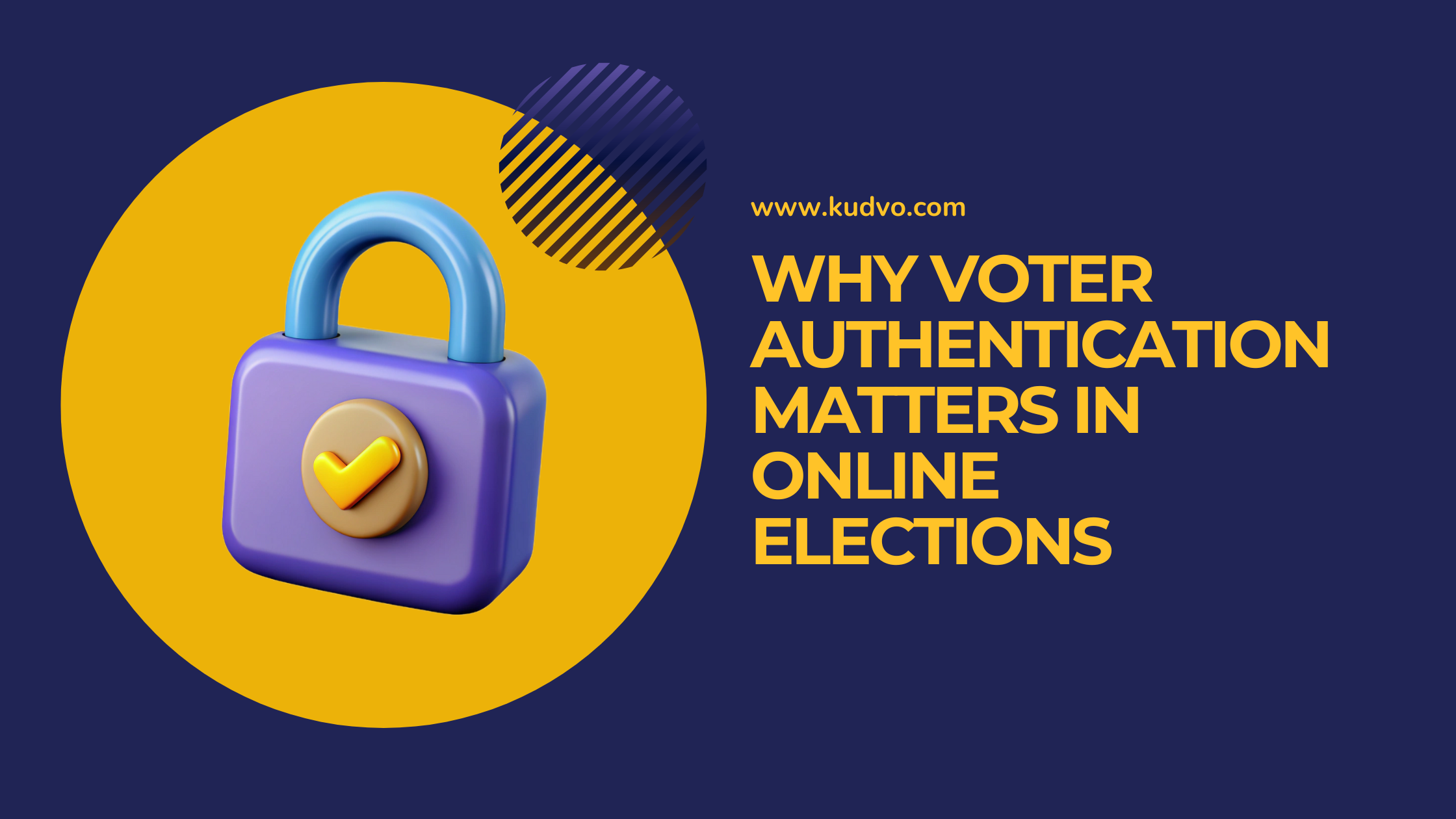Why Voter Authentication Is Crucial for Online Elections
Introduction
Would you trust an online election if anyone could vote multiple times—or worse, if bots could vote too?
As more governments, institutions, and private organizations turn to digital platforms for elections, ensuring election integrity has never been more important. And at the heart of a secure online voting process lies voter authentication—the gatekeeper that ensures every vote comes from a verified, eligible voter.
In this post, we’ll break down why voter authentication is so critical in online elections, the risks of getting it wrong, and what robust authentication looks like in the real world. Whether you’re running a company-wide vote or building a large-scale digital election platform, this guide will help you understand how authentication protects democracy in the digital age.
1. What Is Voter Authentication and Why It Matters
Voter authentication is the process of verifying the identity of a voter before allowing them to cast a vote. Think of it as the digital equivalent of showing your ID at a polling station.
Here’s why it’s vital:
Prevents fraud: Ensures only eligible individuals can vote and only once.
Maintains trust: Builds confidence in the election results.
Protects privacy: Confirms identity without compromising anonymity.
Supports scalability: Makes large-scale, remote elections secure and efficient.
Without proper authentication, online voting systems are vulnerable to impersonation, multiple voting attempts, and even automated attacks from bots.
2. The Risks of Weak Voter Authentication
A weak voter authentication process can have serious consequences. Here are a few real-world risks:
Vote manipulation: Hackers or malicious actors may cast votes using stolen or fake identities.
Double voting: Individuals could vote multiple times using different accounts or credentials.
Voter suppression: Poor systems might mistakenly lock out legitimate voters.
Loss of credibility: If voters or stakeholders doubt the results, the election’s outcome—and its legitimacy—comes into question.
Case Study:
In 2020, a university student government’s online election was invalidated due to poor verification protocols. Multiple votes were traced to the same IP addresses, and there was no mechanism to ensure one person, one vote. This led to an expensive re-election and a blow to the organization’s credibility.
3. How Strong Voter Authentication Works
To run a secure and trustworthy online election, strong voter authentication needs to combine identity verification and access control.
Best practices include:
Multi-factor authentication (MFA)
Combine something the user knows (password), something they have (email or phone verification), or something they are (biometrics).
Unique voter IDs or tokens
Assign one-time-use credentials to each eligible voter to prevent duplicate votes.
Secure login systems
Use encrypted login portals to protect against phishing and unauthorized access.
Voter verification audits
Log and cross-check who voted and when—without exposing vote content.
Pro Tip: Platforms like Kudvo offer secure online voting with built-in voter authentication, making it easy to conduct tamper-proof elections at any scale.
4. Building Trust Through Transparent Authentication
People are more likely to participate in an election—and accept its results—when they trust the process. That’s why transparency in authentication methods is just as important as the methods themselves.
Here’s how you can build that trust:
Explain the process clearly: Tell voters how their identity will be verified and how their data will be protected.
Ensure anonymity: Authenticate without linking identities to specific votes.
Offer support: Make it easy for voters to get help if authentication fails.
When voters understand and trust the system, participation increases, and the legitimacy of the election is solidified.
Conclusion
In a digital-first world, voter authentication is not a luxury—it’s a necessity. It protects elections from fraud, ensures fairness, and builds trust in results. Whether you're conducting a school board vote or managing a national election online, implementing strong voter authentication is your first line of defense.
Takeaway:
Don’t let weak authentication be the weak link in your online election. Invest in secure, user-friendly, and transparent authentication tools to uphold the integrity of your democratic process.
Looking for a secure and trusted platform to manage online voting with robust authentication? Check out Kudvo for end-to-end digital voting solutions.
